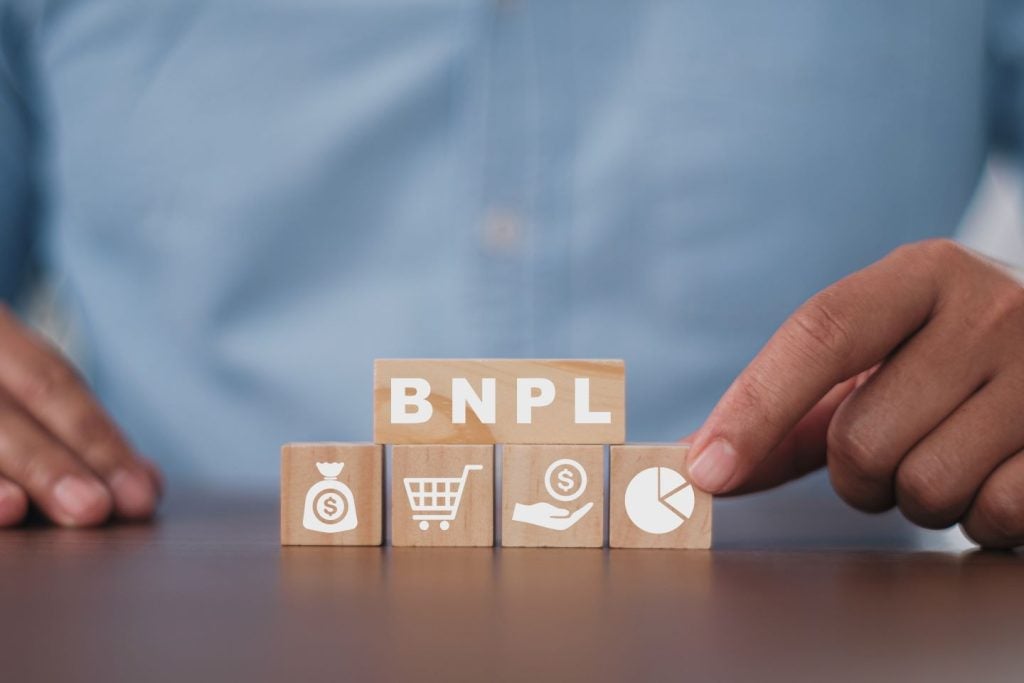Bijan Sanii, CEO of INETCO, reflects on the major tendencies that will drive the payments industry in 2020.
Prime time for real-time. Over the past year, there has been notably more business systems incorporating continuous intelligence that uses real-time context data to improve decisions.
When it comes to banking and real-time payments, there is no doubt that data is most valuable at the moment of creation.
There are many real-time levers in play for 2020, but INETCO predicts the main drivers to be:
· Customer engagement – Customers expect instant gratification, immediate response and undisrupted service.
· Revenue uplift – Banks who do not align cards and service offerings, at the right time and through the right channel, risk customer dissatisfaction.
· Fraud and risk mitigation – The more time it takes to identify or prevent fraud, the greater hit on financial loss, customer loyalty and reputation.
How well do you really know your competitors?
Access the most comprehensive Company Profiles on the market, powered by GlobalData. Save hours of research. Gain competitive edge.

Thank you!
Your download email will arrive shortly
Not ready to buy yet? Download a free sample
We are confident about the unique quality of our Company Profiles. However, we want you to make the most beneficial decision for your business, so we offer a free sample that you can download by submitting the below form
By GlobalDataIn 2020, many banks will be under increasing pressure to protect susceptible customers by identifying payment fraud threats faster and proactively protecting against fraudsters responsible for the rise of sophisticated attacks such as card-not-present fraud, man-in-the-middle malware attacks, application fraud, transaction reversal fraud and multi-vector (rapid succession) cash-out attacks.
We see the following priorities continuing to dominate the mindshare of CISO’s, channel management and fraud prevention teams:
Increasing both speed and accuracy when it comes to payment fraud detection and prevention. The authentication or the decline of a payment transaction is often the defining factor of end customer experience.
Yet risk scoring for card present and card-not-present (CNP) transactions is still notoriously inaccurate, often failing to detect high-risk customers while generating thousands of false positives.
INETCO predicts that there will be continued interest in improving data quality and conquering the real-time data acquisition challenges associated with disparate data stores, multiple payment schemas and different update frequencies. Easy access to all transaction message fields will greatly improve the precision of both rules-based alerting and real-time risk scoring models.
Conducting continuous assessment of real-time payments and customer interactions. INETCO also predicts an increased dependency on adaptive behavioral analytics and machine learning models to effectively manage the service and fraud security aspects of every real-time payment.
The trend will be towards easier configuration and building of models and scoring so that teams can be equipped to address their specific payment ecosystem threats and quickly show the ROI.
The ability to examine transaction performance in milliseconds, rebuild individual customer risk models on the fly and extract anomalous behavioral patterns based on past card transactions will have a huge impact on customer experience, operational efficiency, fraud loss and organizational reputation.
Supporting collaboration both internally and externally. Aristotle once said, “The Whole is Greater than the Sum of its Parts.” When it comes to guaranteeing that every payment transaction completes as expected, this statement could not be more accurate. This is why more financial organizations are looking to adopt cross-functional software platforms that help to break down the barriers of operational and infrastructure silos.
In an effort to combat increasing complexity in payment ecosystems, there is a major trend towards network operations, application support, channel systems management, fraud and security teams collaborating on everything from infrastructure design to incident response.
New ways of working together
2020 will continue to see these teams exploring new ways of working together to drive efficiency, reduce operational costs, speed up fraud detection and support the unified goal of delivering the best end-to-end customer experience possible. In addition to cross-
team collaboration, 2020 may also be the year where we see more cross-industry collaboration and intelligence sharing – a banding together against fraudulent activity.







